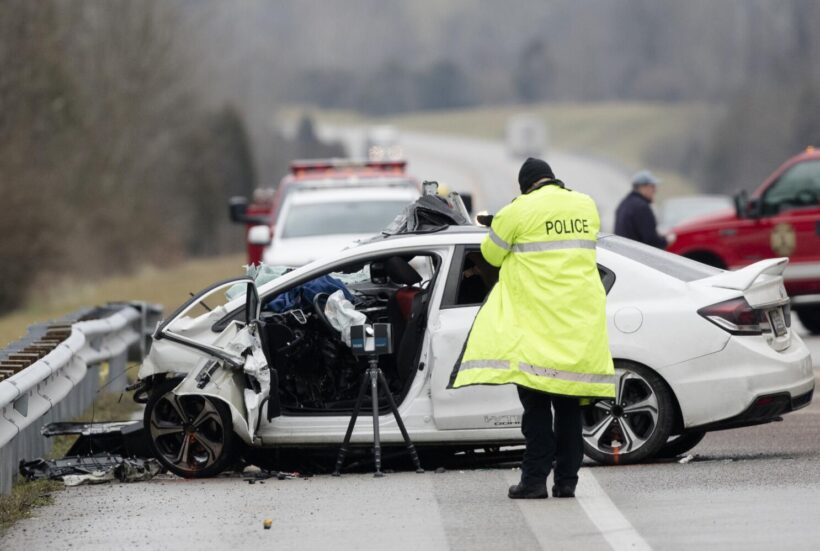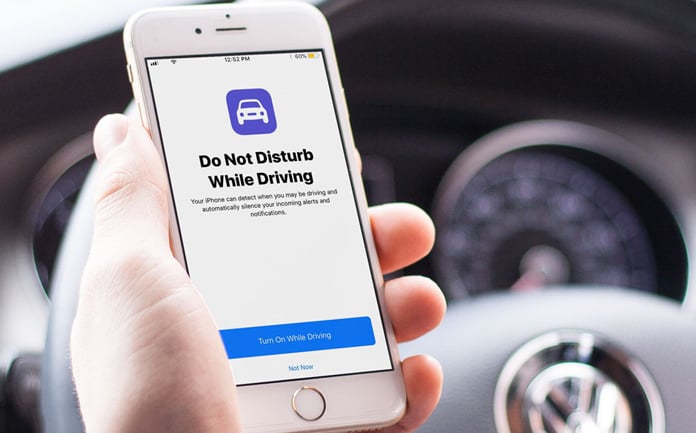The open road, with its boundless opportunities and destinations, often conceals a hidden menace: distracted driving. As technological advancements intertwine more intricately with our daily lives, the peril posed by distractions has significantly escalated.
This phenomenon, which draws a driver’s attention away from the act of driving, has swiftly risen to be one of the leading causes of road accidents globally. This article delves deep into the issue, seeking to unravel its roots, repercussions, and potential resolutions.
The Anatomy of Distracted Driving:

Distracted driving isn’t just a result of modern technology; its origins are as old as driving itself. Essentially, any activity that diverts a driver’s attention from the primary task of navigating the vehicle safely is a distraction. These distractions can be broadly categorized into three types:
- Visual Distractions: These involve taking your eyes off the road. Examples include reading a text message, looking at a GPS device, or gazing at something outside the car.
- Manual Distractions: Actions that require a driver to remove their hands from the steering wheel fall under this category. This can be as commonplace as changing the radio station, eating, or reaching for an object.
- Cognitive Distractions: Perhaps the most insidious of all, cognitive distractions take your mind off driving. Daydreaming, engaging in a heated discussion, or being engrossed in thought can be as perilous as any physical distraction.
The Impact of Modern Technology:
Modern technology, particularly smartphones, has amplified the problem manifold. Navigation apps, texting, social media notifications, and a myriad of other features beckon a driver’s attention continuously. A quick glance to read a message might seem harmless, but at 55 mph, a car travels the length of a football field in just five seconds. This is ample time for a catastrophic incident.
The Role of Vehicle Manufacturers:

Vehicle manufacturers play a crucial role in shaping the future of driving. As designers of the very machines at the heart of this issue, they wield a unique influence in curbing distracted driving. Modern vehicles are equipped with an array of technological advancements, some of which, while intended for convenience, can inadvertently promote distraction.
However, in recognizing their pivotal role, many manufacturers are taking proactive measures:
- Advanced Driver Assistance Systems (ADAS): These systems include features like lane departure warnings, automatic emergency braking, and adaptive cruise control. They act as a second set of eyes on the road, helping to mitigate the consequences of momentary distractions.
- Infotainment Interface Redesign: Recognizing that drivers may interact with infotainment systems, some manufacturers are streamlining these interfaces to be more intuitive and less distracting. Voice commands, head-up displays, and tactile feedback buttons reduce the need for prolonged visual engagement.
- Driver Monitoring Systems: Some cutting-edge vehicles now come equipped with cameras and sensors that monitor the driver’s face and eyes. If signs of distraction (like looking away from the road for an extended period) are detected, the system can alert the driver or even take corrective action.
These initiatives underscore a pivotal truth: tackling distracted driving is not just the responsibility of the driver, but a collective challenge that spans across industries. Vehicle manufacturers, by integrating safety-centric innovations, can pave the way for a future where roads are safer and the menace of distracted driving is significantly diminished.
Statistical Evidence

The numbers surrounding distracted driving are sobering:
- Every day, approximately nine individuals lose their lives in the U.S. due to accidents caused by distracted driving.
- Texting while driving increases the risk of a crash by 23 times.
- Despite knowing the risks, 35% of drivers still admit to reading or sending messages while driving.
Repercussions Beyond Accidents:
While the immediate threat of distracted driving is the potential for an accident, the implications extend far beyond:
- Legal Repercussions: Many jurisdictions now have stringent laws against distracted driving, especially texting while driving. Incidents like a Plano semi truck crash not only highlight the immense physical damages that can result but also the potential legal consequences for the distracted driver.
- Financial Implications: Accidents can lead to hefty repair bills, increased insurance premiums, and potential legal fees if sued for damages.
- Emotional Toll: For those involved in serious accidents due to their own distractions, the emotional burden, including guilt and trauma, can be long-lasting.
Preventative Measures:
Combating distracted driving requires a multi-faceted approach:
- Education: Awareness campaigns highlighting the dangers can make drivers more conscious of their responsibilities. Young drivers, particularly teenagers, should be educated right from their formative driving years.
- Technology: Ironically, the very source of many distractions can also offer solutions. Features like ‘Do Not Disturb While Driving’ or apps that restrict phone usage when a vehicle is in motion can significantly mitigate risks.
- Legislation: Strict laws, coupled with rigorous enforcement, act as deterrents. Continuous evolution of these laws is necessary to keep pace with emerging technological distractions.
- Community Initiatives: Grassroots movements, helmed by communities or schools, can play a pivotal role in driving local change.
Distracted driving, with its profound consequences, isn’t just a personal issue; it’s a societal one. Every text answered, every call taken, every distraction indulged in while driving doesn’t just jeopardize the individual; it threatens everyone on the road. As drivers, the onus is on us to not only recognize and combat our own distractions but also to advocate for broader awareness and solutions. The road ahead might be challenging, but with collective effort, a safer driving environment isn’t just an aspiration; it’s an achievable reality.


